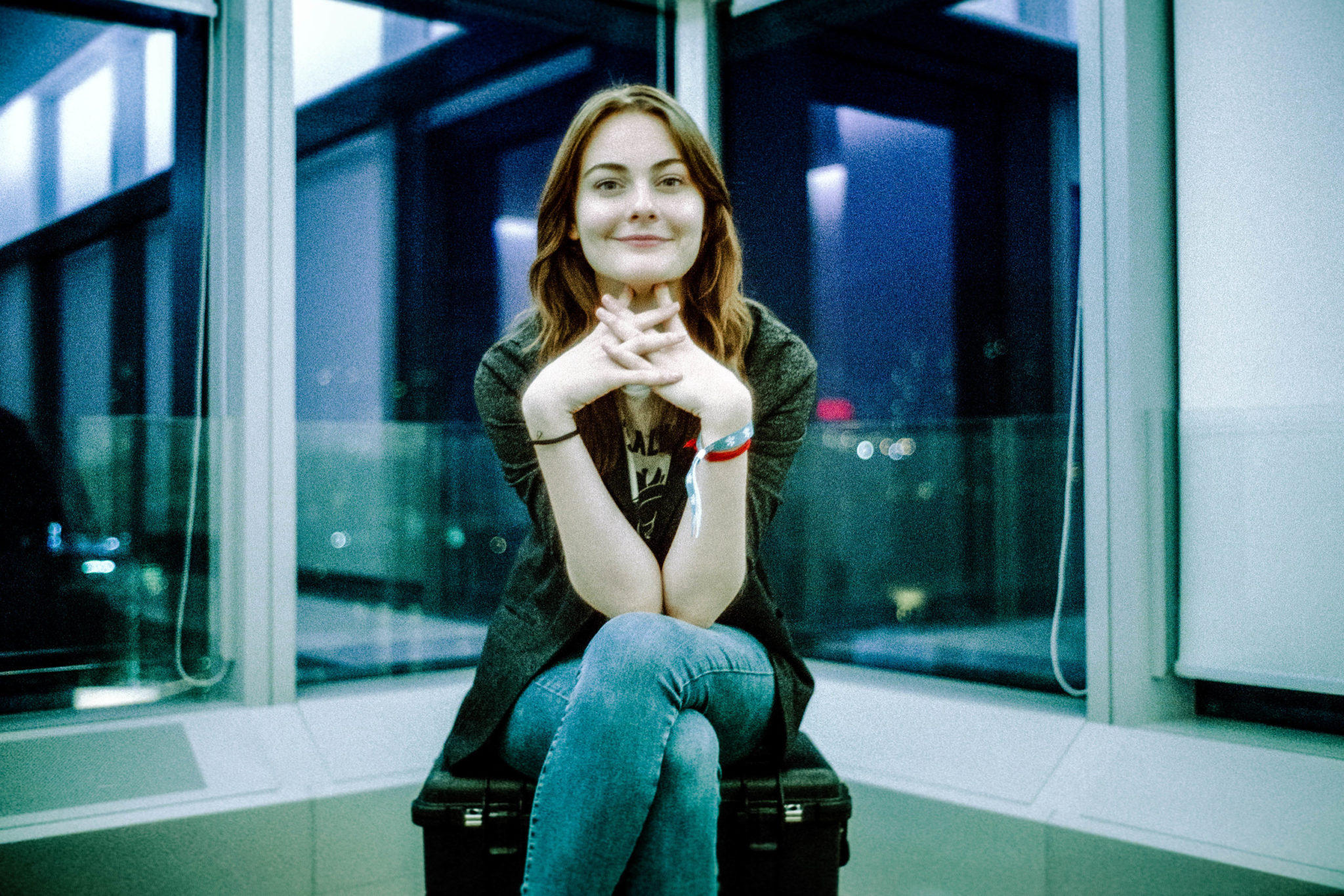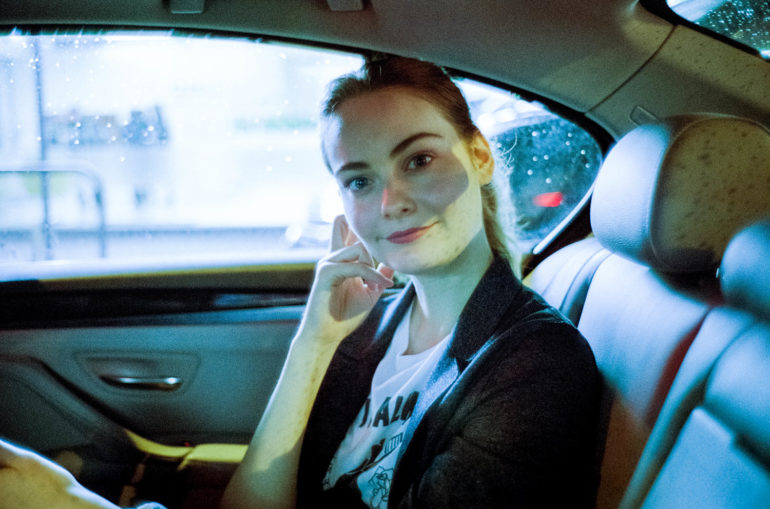This is a syndicated blog post from Horatio Tan, Street Silhouettes. It and the images here are being republished with an exclusive permission statement.
Modern digital photography gets a bad rap, when it comes to the way we assess the character of digital capture. We think it’s without character.
The problem with digital photography is the uniformity of rendering. But it is understandable why this is the case. In reproducing reality, camera manufacturers endeavor to produce optics and sensors that would optimize capture as close to real life as possible. That has become the yardstick of achievement. That is why digital photography looks more or less the same across different systems.
Seriously, how different can real life look if real life can only look one particular way?
Unfortunately, what manufacturers strive to achieve may not necessarily be consistent with what the human eye is accustomed to accepting as real. Perhaps reality is too painful.
But is the human eye really that unwilling to accept reality? Let us take a look at a recent real world incident.
Late in 2016, the Taiwanese director, Ang Lee released his long anticipated film, Billy Lynn’s Long Halftime Walk. It was shot in 3D 4K HD resolution at 120 frames per second. In other words, the quality of reproduction was as close to reality as possible – perhaps even surpassing reality – or at the very least surpassing what the eye is accustomed to accepting as reality.
You see, movie viewers are not accustomed to that level of standard. How could we? Movie buffs couldn’t even handle the 48 frames per second, in Peter Jackson’s The Desolation of Smaug, let alone 120 frames.
The reason why is obvious. People are creatures of habit. We have expectations based on what we are accustomed to experiencing. And when it comes to movies, we’re accustomed to movies shot at 24 frames per second. We are familiar with the blurring in movement rendered by slower frame rates. So, we assume the norm is what we’re accustomed to seeing, and thus pass judgment based on perceived biases.
Don’t believe. I once had a Cuban friend telling me that the best Chinese food is in Havana.
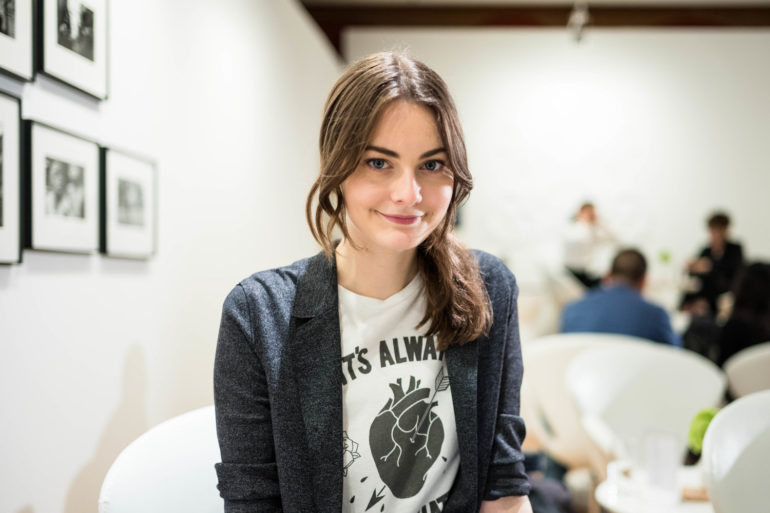
Leica M10 + Leica 35mm f/1.4 Summilux ASPH FLE

Leica M9 + Leica 35mm f/1.4 Summilux AA
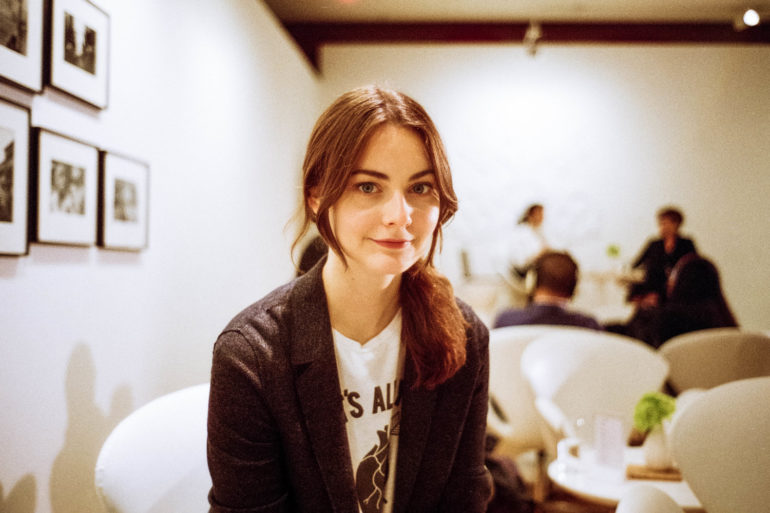
Leica M6 + Kodak Portra 800 + Leica 35mm f/1.4 Summilux Pre-ASPH
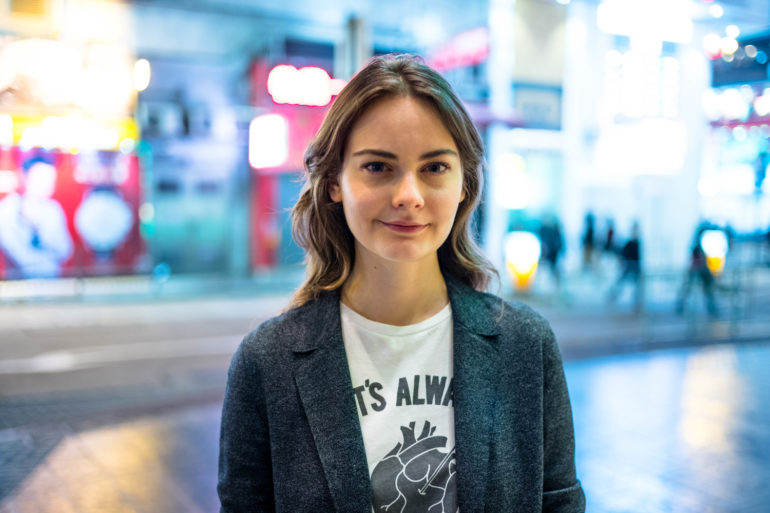
Leica M10 + Leica 35mm f/1.4 Summilux ASPH FLE
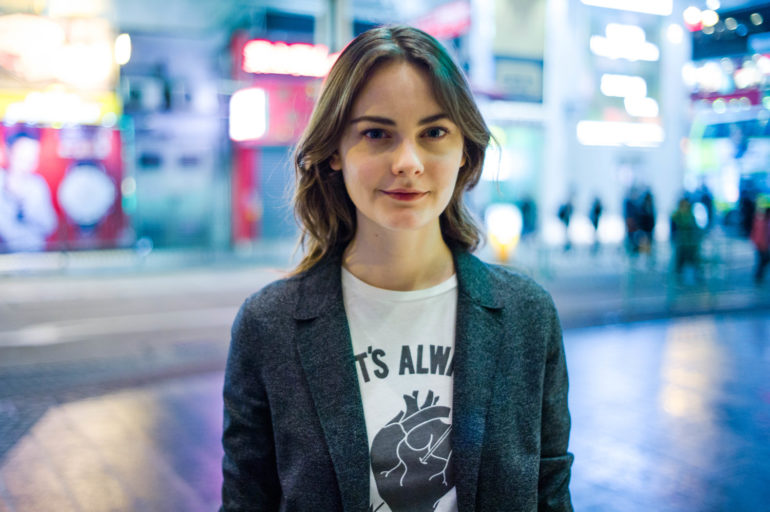
Leica M9 + Leica 35mm f/1.4 Summilux AA
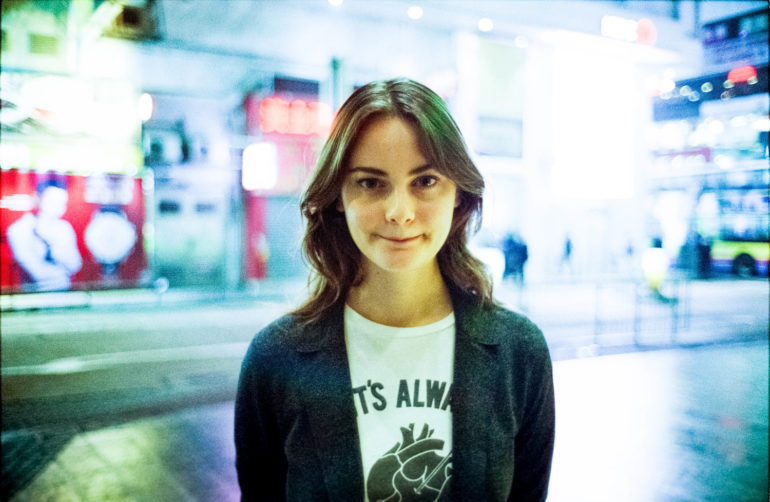
Leica M6 + Kodak Portra 800 + Leica 35mm f/1.4 Summilux Pre-ASPH
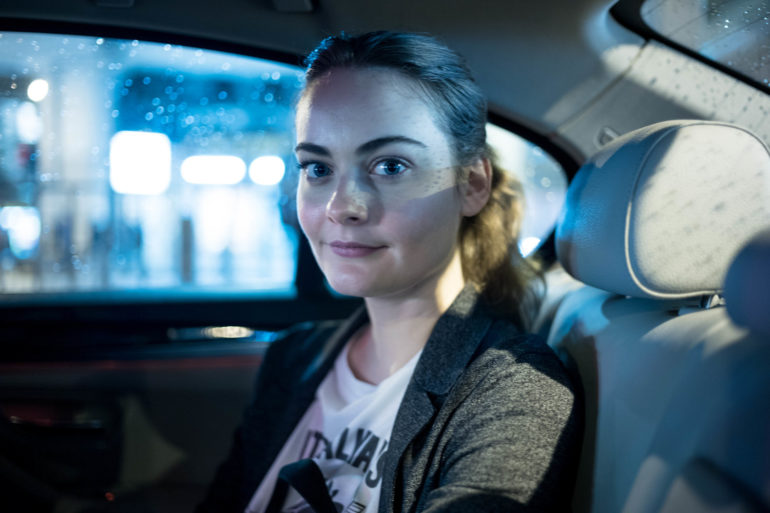
Leica M10 + Leica 35mm f/1.4 Summilux ASPH FLE
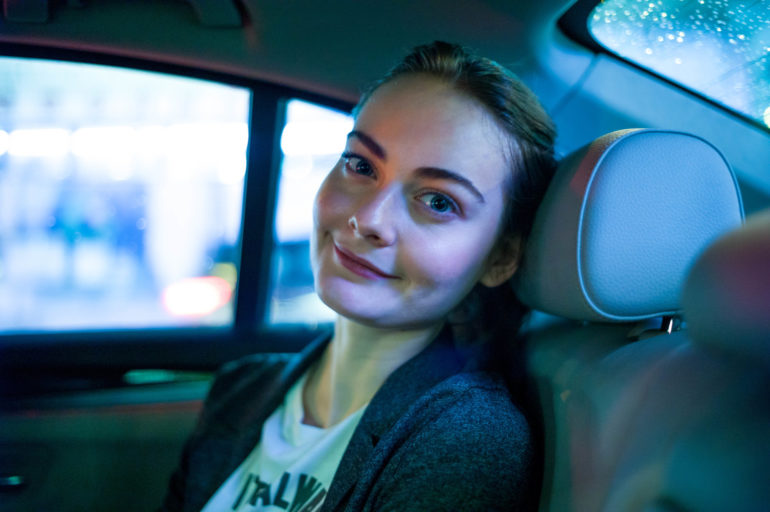
Leica M9 + Leica 35mm f/1.4 Summilux AA
Leica M6 + Kodak Portra 800 + Leica 35mm f/1.4 Summilux Pre-ASPH – note minimum focusing distance of the older 35 Summilux is 1 meter and not 0.7 meters like the other two lenses.
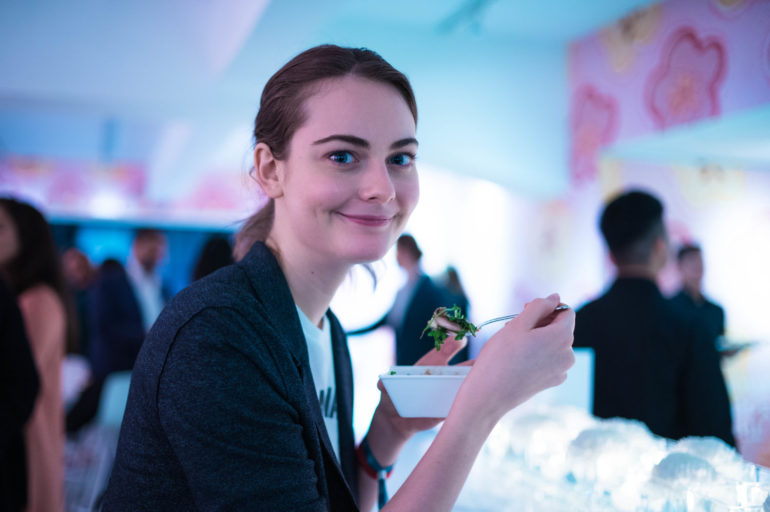
Leica M10 + Leica 35mm f/1.4 Summilux ASPH FLE
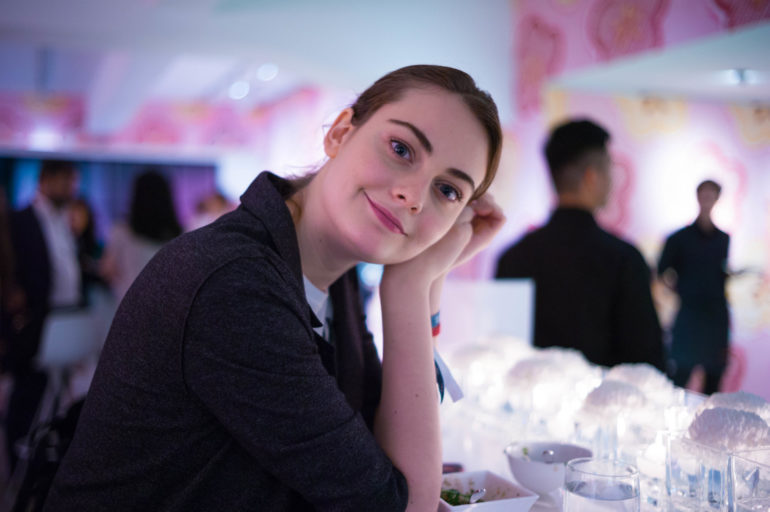
Leica M9 + Leica 35m f/1.4 Summilux AA
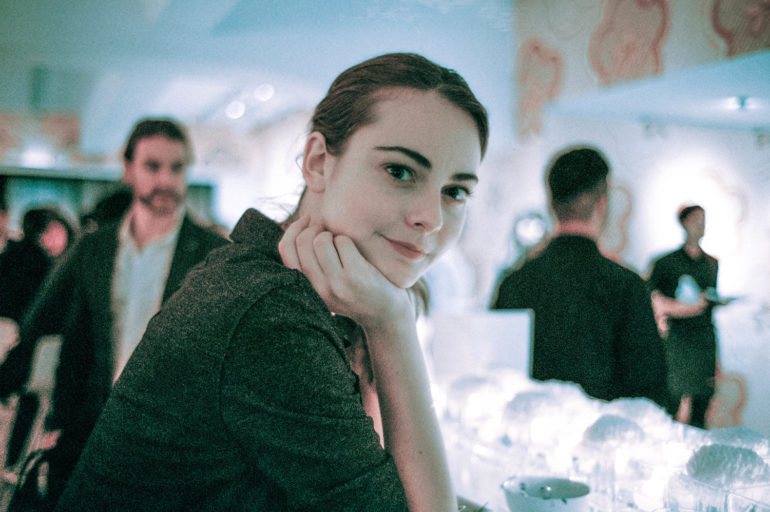
Leica M6 + Kodak Portra 800 + Leica 35mm f/1.4 Summilux Pre-ASPH – note massive color balance editing, since I didn’t have the benefit of colored gels and a flash
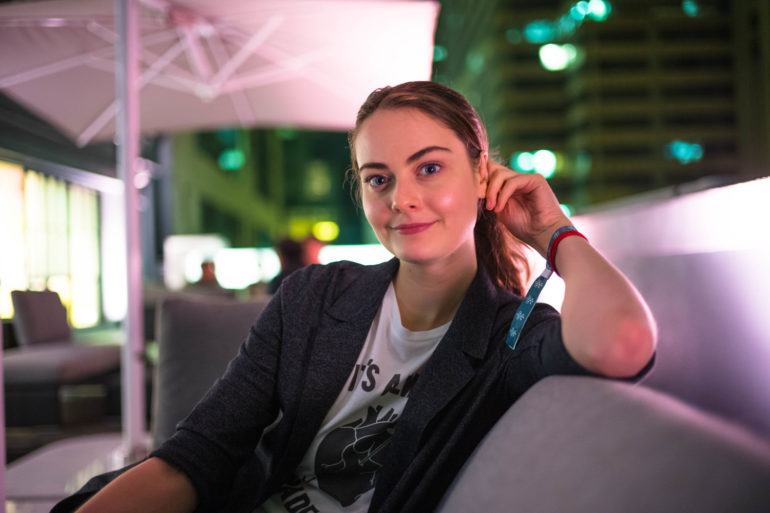
Leica M10 + Leica 35mm f/1.4 Summilux ASPH FLE
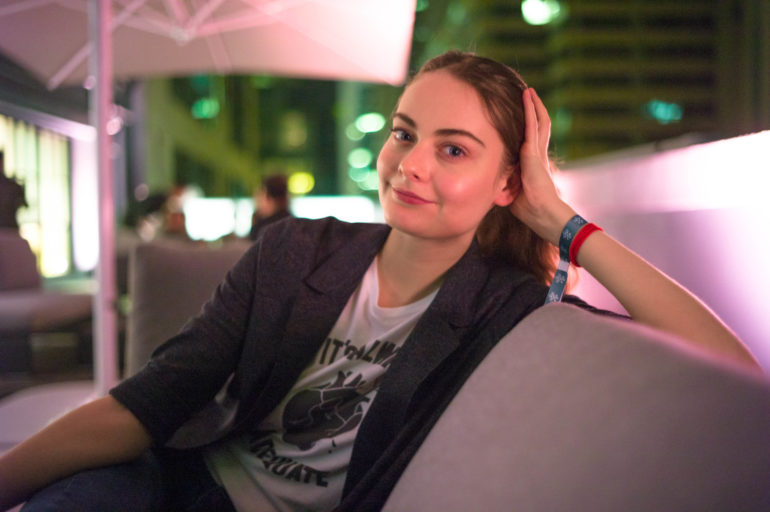
Leica M9 + Leica 35mm f/1.4 Summilux AA
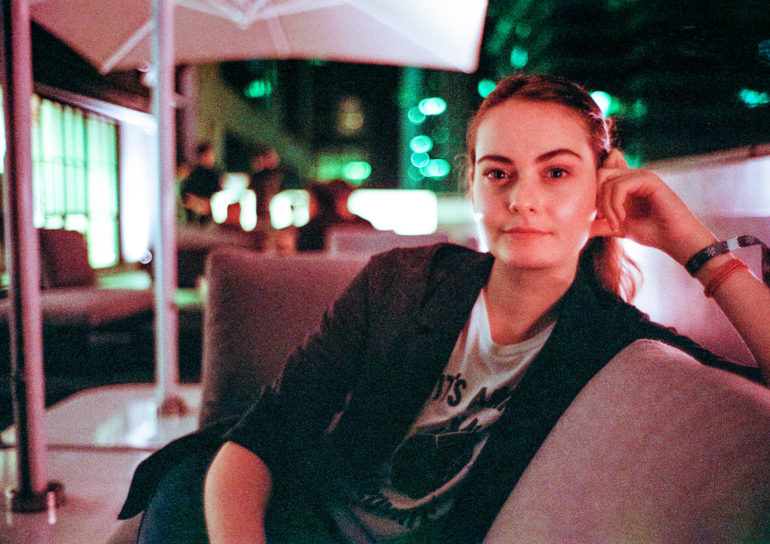
Leica M6 + Kodak Portra 800 + Leica 35mm f/1.4 Summilux Pre-ASPH
When it comes to appreciating photography, a common thread I often hear is how inferior digital reproduction is when compared to film. Is it? Is digital really worse than film? On most quantifiable metrics, digital is vastly superior to film. If it weren’t, we’d still be shooting film. But then the dissent, the sentiment, and the argument. Film is better, and digital is soulless and without character.
In order to better evaluate that prevailing belief, we must first understand it’s origin.
Like Chinese cuisine and lower frame rates, people are creatures of habit, with biases formed by cultural norms, historical factors, and similar shared experiences. Our preferences in photography, and the way we appreciate it, is largely a result of how it evolved. With photography, it evolved from film.
Immediately coming into question in the way we appreciate photography is what behavioral researchers call “order bias”. In other word, people appreciate photography from the basis of their first exposure to it, whether directly or indirectly. From that context, it is completely understandable why people prefer the rendering of film to digital capture. It’s because they have seen and experienced film before digital, or is influenced by those who have seen and experienced film before digital.
The main point of contention in this ongoing dispute is the issue of rendering. Film has soul, while digital is without character. As one brought up by order bias, I am also complicit in perpetuating this prevailing assumption. But it is easy too see why. It’s the way film is made compared to the digital sensor.
Film is made through a process where a gelatin emulsion is applied onto a film base. In doing that, the photosensitive silver halide in the emulsion is scattered in an arbitrary way. This results in a non linear arrangement of what we perceive as film grain. The resulting affect is a more natural rendering, given that nature doesn’t usually follow any recognizable pattern.
Moreover, no two frames of exposure has the same grain pattern, in the same way fingerprints and snowflakes are all unique. This makes each individual exposure render slightly different, adding to the character of each film capture.
By comparison, digital sensors follow a recognizable pattern. The photosensitive pixels are not scattered, but rather arrayed evenly in rows and columns. As a result, digital image capture will render the pixel pattern in the same geometric way, on each and every frame. This makes digital capture more consistent in rendering than analog capture.
It also makes digital capture somewhat more lacking in individuality.
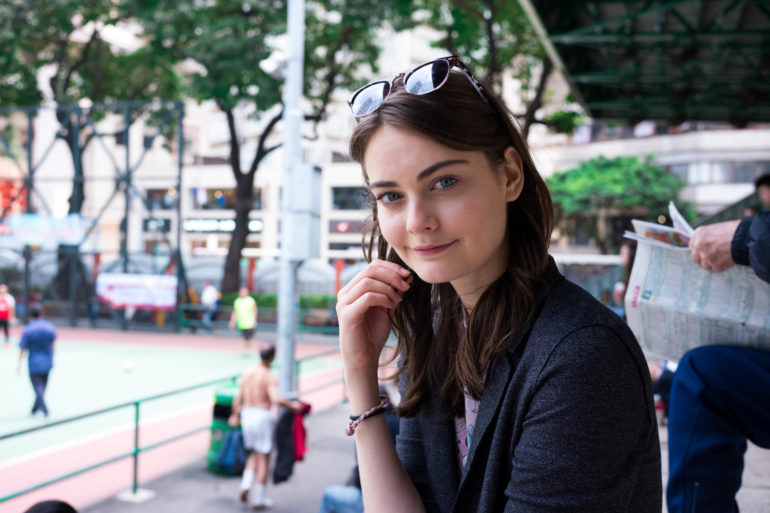
Leica M10 + Leica 35mm f/1.4 Summilux ASPH FLE
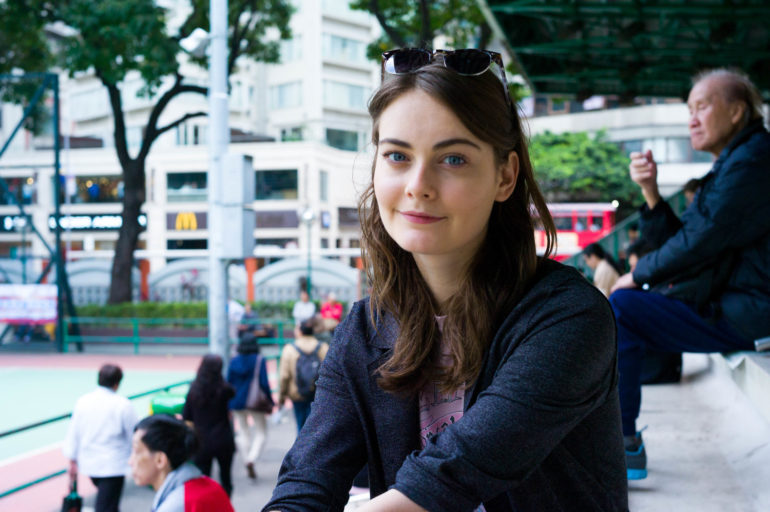
Leica M9 + Leica 35mm f/1.4 Summilux AA

Leica M6 + Kodak Portra 800 + Leica 35m f/1.4 Summilux Pre-ASPH
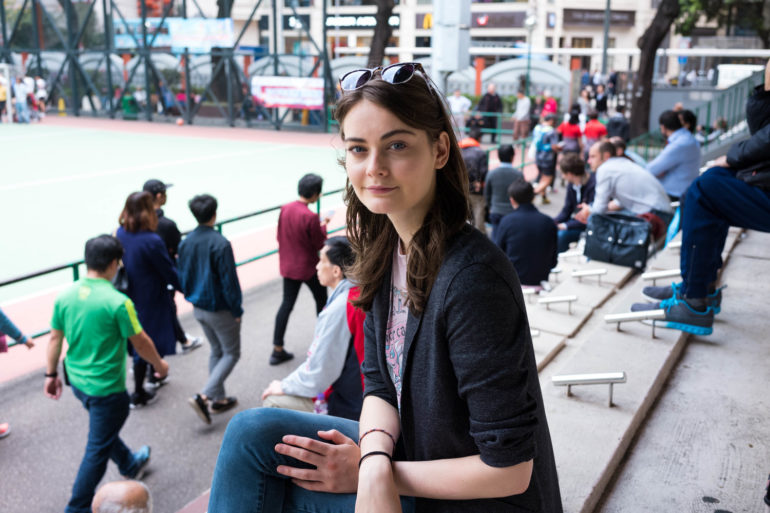
Leica M10 + Leica 35mm f/1.4 Summilux ASPH FLE
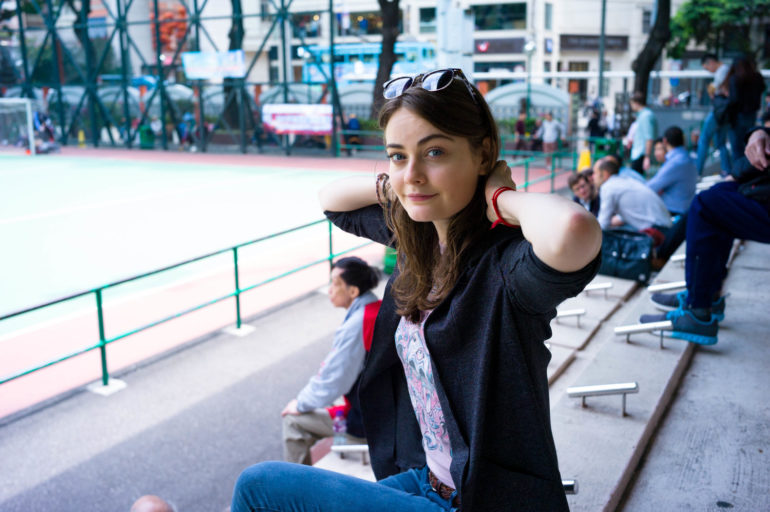
Leica M9 + Leica 35mm f/1.4 Summilux AA
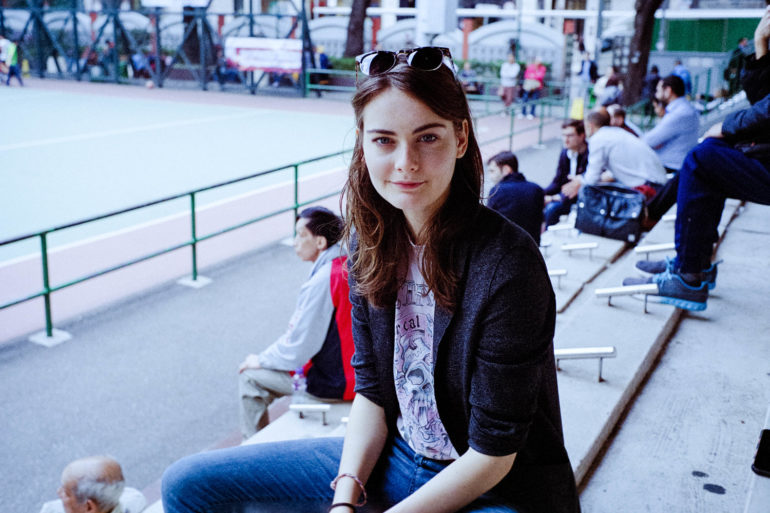
Leica M6 + Kodak Portra 800 + Leica 35mm f/1.4 Summilux Pre-ASPH
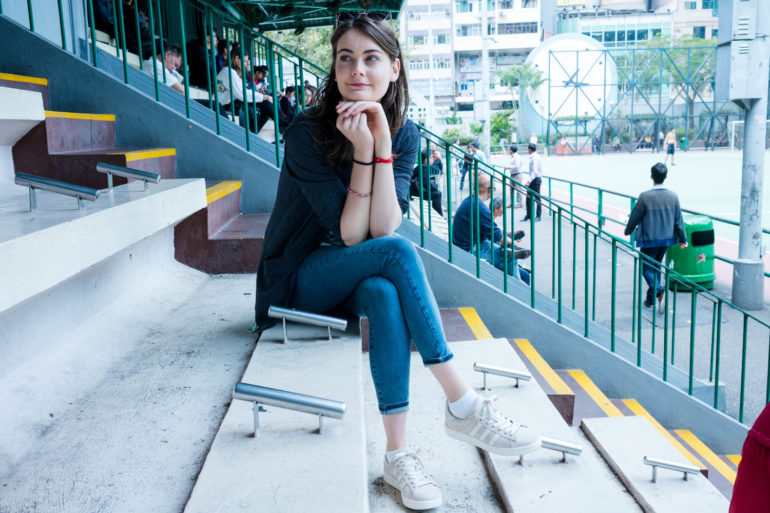
Leica M10 + Leica 35mm f/1.4 Summilux ASPH FLE
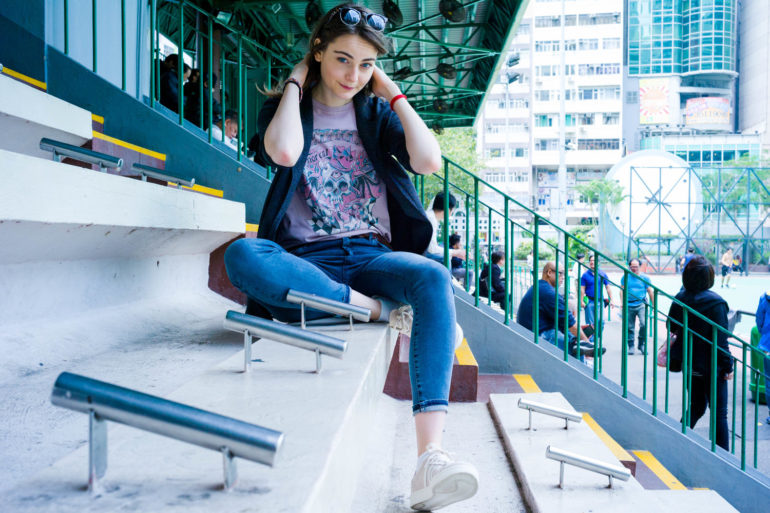
Leica M9 + Leica 35mm f/1.4 Summilux AA
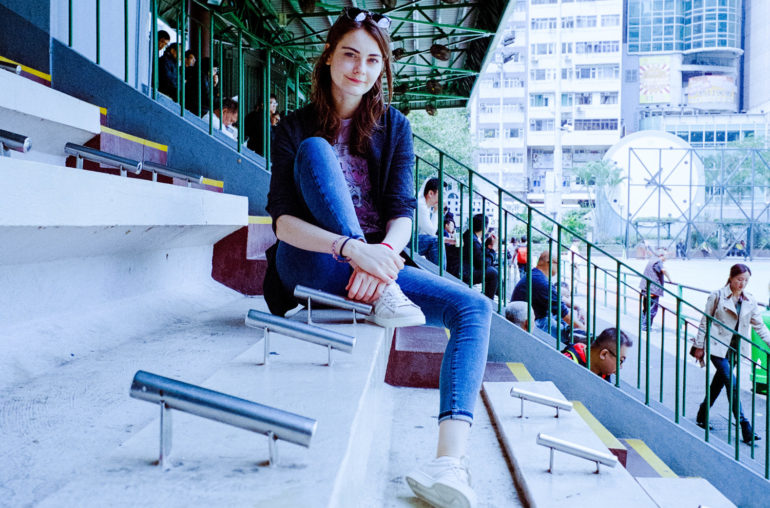
Leica M6 + Kodak Portra 800 + Leica 35mm f/1.4 Summilux Pre-ASPH

Leica M10 + Leica 35mm f/1.4 Summilux ASPH FLE
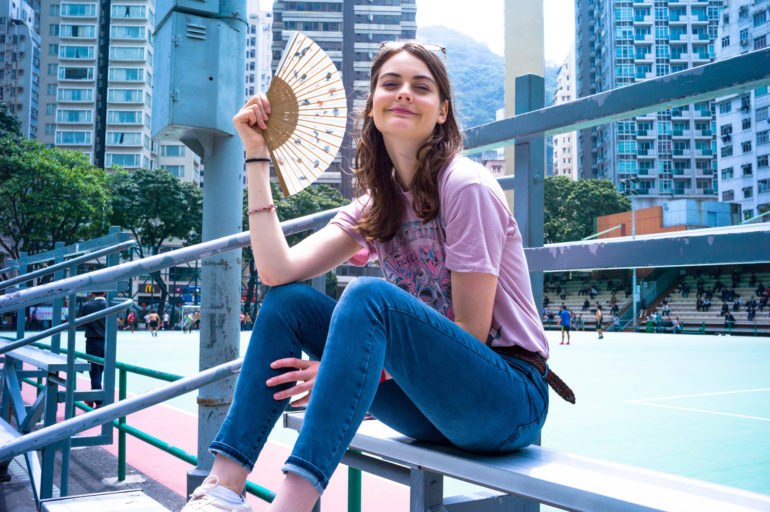
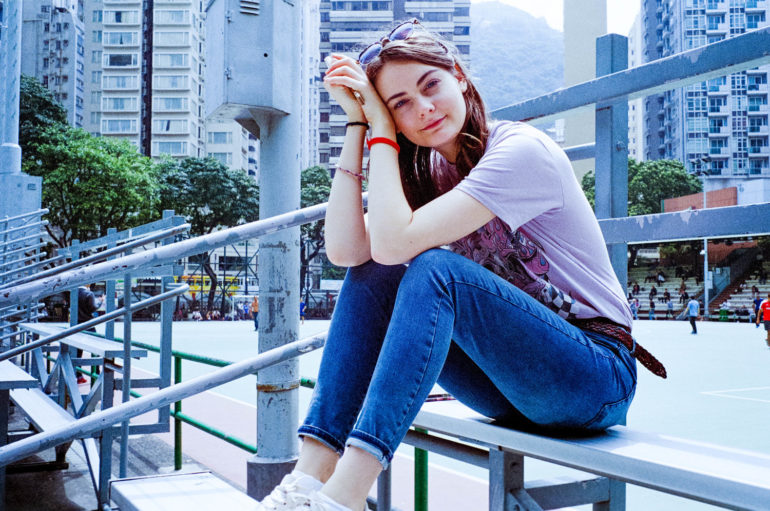
Leica M6 + Kodak Portra 800 + Leica 35mm f/1.4 Summilux Pre-ASPH
It may seem that the benefit of digital photography is taken for granted. It is not as if we don’t understand that digital capture is more forgiving and vastly more accurate in documentation. But there is something very special about film capture. Film is imperfect. Film is temperamental. The color balance is significantly worse than digital. The dynamic range is extremely narrow, as is the ISO in post. The list goes on and on.
But overall, film is true to the touch. Film is incorruptible. It doesn’t try to do more than what it’s intended to do. It doesn’t try to replicate reality like digital. Instead, film renders an impression of reality. And in that impression, it adds to the image capture its imperfection of character.
Fundamentally, this imperfection is rooted in its grain. It is more obvious than digital pixels – and how wonderful that is. The grain pattern is the DNA that differentiates film from digital capture. It breaks up solid blocks of colors within the image to reduce the visual tension of flat surfaces, by adding the illusion of volume to shapes.
The visual effect created by film is something that can’t be replicated on a digital workflow. This is regrettable, given the inherent order bias we have towards the way film renders. The only way to reproduce that look is to shoot film. Not exactly the most ideal solution, given the disadvantages an analog work flow brings. So we think of other alternatives. We experiment with older CCD sensors and vintage lenses in rendering imperfection. Unfortunately, no amount of sensors or lenses could ever begin to emulate film, since the fundamental difference between film and digital is in the grain.
Admittedly, there are digital filters that attempt to emulate film grain in post. But even those fail, given that filters follow mathematical algorithms. These algorithms are designed to follow set patterns. As a result, they cannot account for the countless specific variables which render the non linear grain patterns at the decisive moment. It is no wonder why digital film emulation fall short in rendering film accurately.
But then again, why emulate when you can just shoot film?
It is interesting to see how film is still relevant in our contemporary digital age. Film is slow. Film is imperfect. And film cannot be shared at the decisive moment. But film is different. Film has character. And film is incorruptible. As much as film is limited to capturing an impression of reality, it is always genuine and authentic.
Of course, none of this makes film better than digital. Digital is better, because accuracy in image capture is the primary objective of photography, regardless of what our order bias compels us to believe. With that said, it’s not always about what’s better. With film, the image capture can strangely be more satisfying. And because of that, I will probably shoot more film in the foreseeable future.
A final orphaned image from the Leica M6. The car service picked us up during rush hour, before I had an opportunity to shoot the M10 and M9.
By the way, Chinese cuisine is best in China. But that doesn’t mean Havana doesn’t have the best Cuban-Chinese cuisine. Variety is the spice of life, making room for both Chinese and Cuban-Chinese cuisine, as well as digital and film photography.
All images in this comparison have been optimized and cropped for composition. The only thing we’re comparing is rendering, so corner and edge sharpness is irrelevant. All images were shot at ISO 800. The first five images were all shot wide open. The last four images were shot at varying aperture stopped down. All images shot at the 35mm focal length.
If you like what is posted on this website, please don’t forget to follow us on Instagram and Facebook. *** FACEBOOK LINK HAS BEEN FIXED*** That’s all we ask from our readers. It’s how we know that our effort is appreciated. More importantly, it’s the best way to get updates of new write-ups on our site. And we will do our best to make your viewing interesting.


